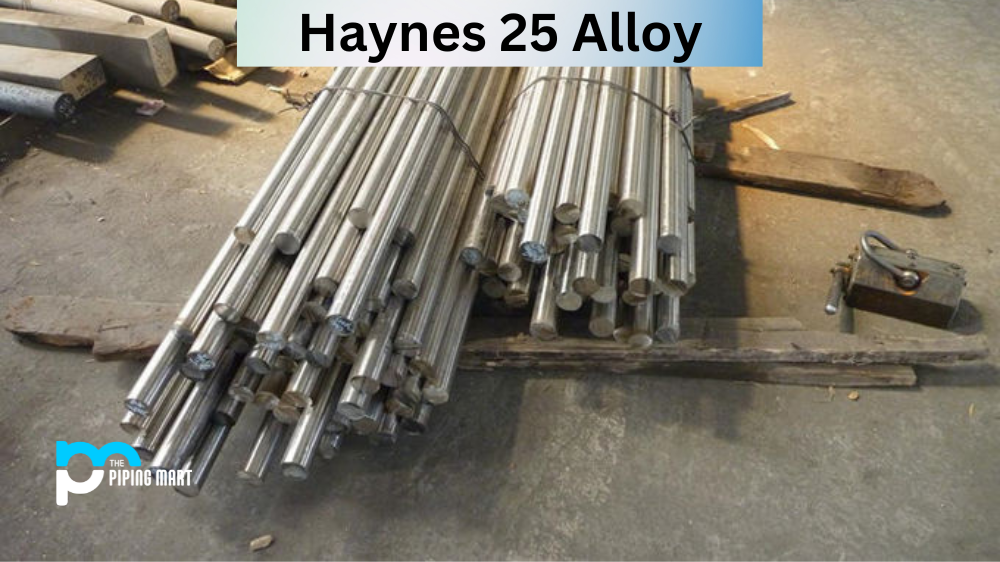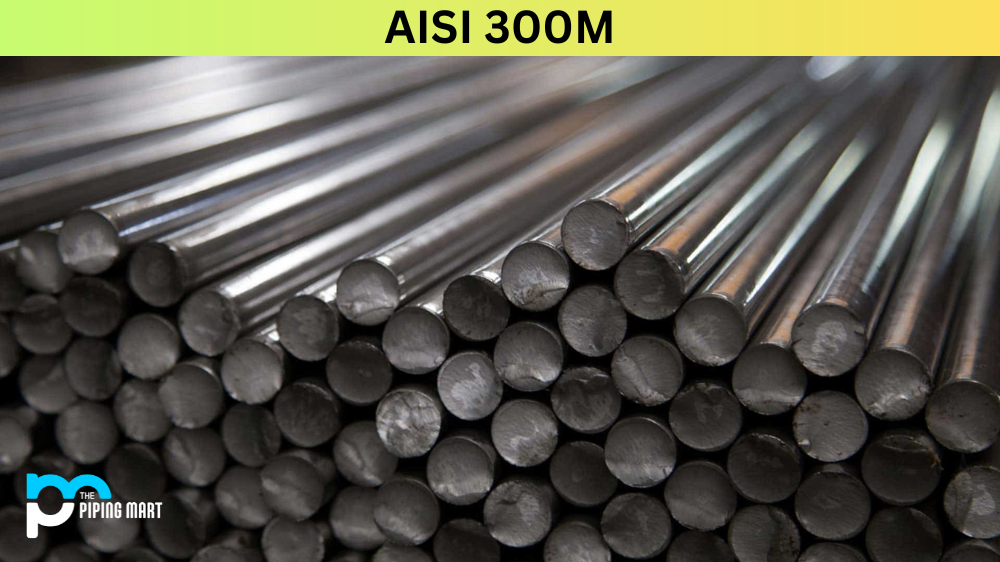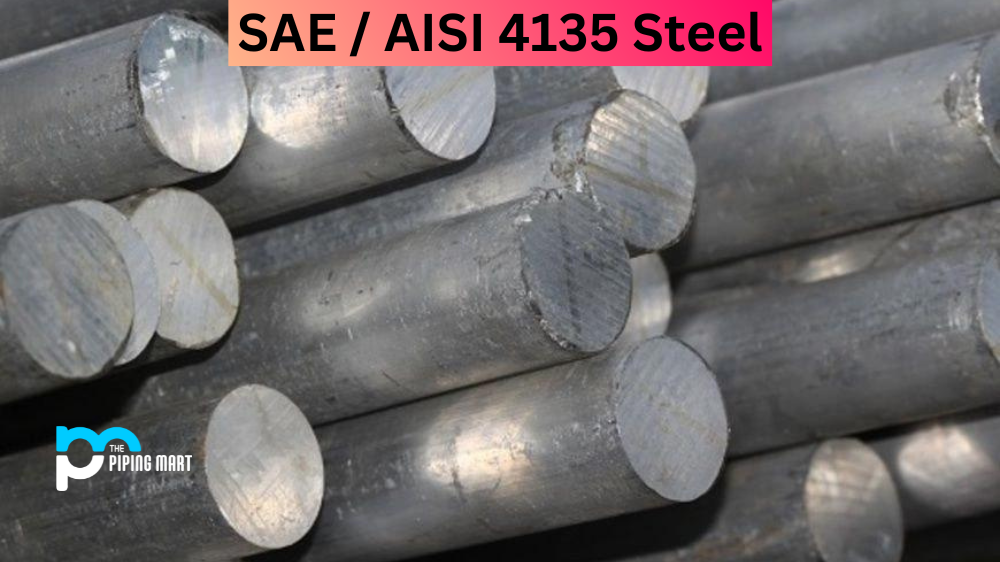Haynes 25 is an age-hardenable superalloy containing cobalt, chromium, and molybdenum. It has been used for decades in components that require high strength, corrosion resistance, and long service life in harsh environments, such as aircraft engines. Let’s take a closer look at the composition, mechanical properties, physical properties, uses, and corrosion resistance of Haynes 25 alloy.
Haynes 25 Alloy Composition
Haynes 25 alloy consists of 57.5% nickel and 18.5% chromium. It also contains 17% cobalt, 5% tungsten, 2% molybdenum, 0.3% silicon, 0.2% titanium and manganese, 0.1% aluminium and carbon, and negligible amounts of other elements such as sulfur and phosphorus. The exact composition may vary slightly depending on the manufacturer.
| Element | Content (%) |
|---|---|
| Cobalt, Co | 49.3 |
| Chromium, Cr | 20 |
| Tungsten, W | 15 |
| Nickel, Ni | 10 |
| Iron, Fe | 3 |
| Manganese, Mn | 1.5 |
| Silicon, Si | 1 |
| Carbon, C | 0.15 |
| Sulfur, S | 0.030 |
| Phosphorous, P | 0.040 |
Haynes 25 Alloy Mechanical Properties
The mechanical properties of Haynes 25 alloy vary depending on its heat treatment level; however, they generally remain consistent across all temperatures up to 1000°F (538°C). The alloy has a yield strength of 110 ksi (758 MPa) and tensile strength of 140 ksi (965 MPa). Its elongation at break is typically 24-33%, while its Modulus of Elasticity (E) is 28 GPa (4 x 106 psi).
Haynes 25 Alloy Physical Properties
The physical properties of Haynes 25 alloy depend on its heat treatment level; however, it generally has a density between 7800-8000 kg/m³ (484-496 lb/ft³), which makes it relatively lightweight compared to other alloys with similar strength characteristics. It also has a thermal conductivity between 11-13 W/mK (7-8 BTU/hr ft² °F). Finally, it has a melting point range between 1250-1400°F (677-760°C).
| Properties | Metric | Imperial |
|---|---|---|
| Density | 9.13 g/cm³ | 0.33 lb/in³ |
| Melting point | 1382°C | 2520°F |
Haynes 25 Alloy Equivalent
- AISI 670
- AMS 5537
- AMS 5759
- AMS 5796
- ASTM F90
- GE B50T26
- GE B50TF1
- MIL C-24252 Comp 1
Haynes 25 Alloy Uses
Haynes 25 alloy can be found in applications requiring high-temperature performance, such as jet engines or gas turbines, due to its excellent creep resistance as well as its ability to maintain good formability in high temperatures without losing strength or becoming brittle over time. Other common applications include fasteners for aircraft structures and highly corrosive environments like marine applications requiring increased protection against saltwater exposure or chemical processing plants using strong acids or bases that could cause corrosion on weaker materials.
Haynes 25 Alloy Corrosion Resistance
According to ASTM G48 test results on the material’s corrosion resistance in boiling H2SO4 solutions at various concentrations from 5 – 20%, the corrosion rate for Haynes25 increases with increasing solution concentrations but remains low overall due to its high levels of chrome content, which provides a protective oxide layer preventing further corrosion damage from occurring quickly when exposed to acidic environments over long periods of time. In terms of pitting resistance according to ASTM D2654 test results from 10 – 20%, this material was able to resist up to 10ppm chloride ion penetration even after prolonged exposure showing excellent pitting resistance even under extreme conditions making it an ideal choice for use in highly corrosive environments such as offshore drilling platforms where there is constant contact with saltwater solutions which could cause rapid pitting failure if not properly protected by more durable materials like this one.
Conclusion:
Haynes 25 alloy is an age-hardenable superalloy containing cobalt, chromium, molybdenum, tungsten and nickel with excellent mechanical properties, including yield strengths up to 110 ksi (758 MPa) and tensile strengths up to 140 ksi (965 MPa). Its superior creep resistance allows it to be used in applications requiring sustained performance under high temperatures without losing formability or strength over time, while its good corrosion resistance allows it to protect against damage caused by aggressive acids or bases commonly used in industrial settings more effectively than other less durable materials would be able too over longer periods without needing frequent repairs or replacements due making it an ideal choice when looking for an all-purpose material solution capable delivering reliable performance under any condition imaginable!
Meet Heer, a dynamic and driven writer learning tricks of her trade in the metal industry. With a background in Digital Marketing, Heer brings a unique perspective to her writing, sharing valuable insights. Apart from blogging she like reading and hiking.




